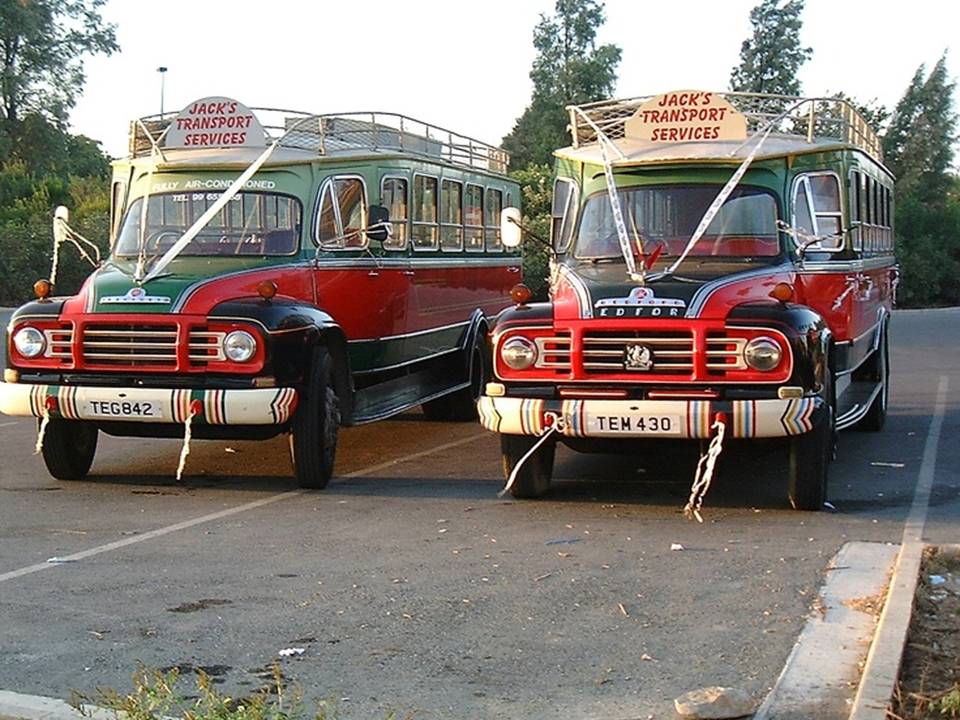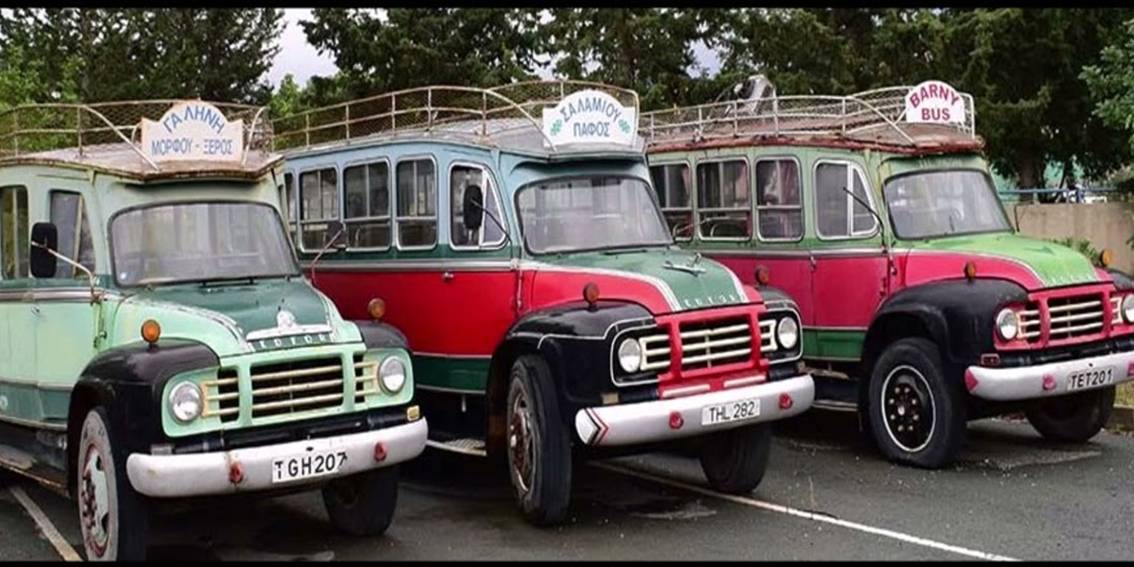Cyprus Buses and Public Transport of the 50s
Buses and Public Transport of the 50s: In the 50s Cyprus were a time of change, blending tradition and modernity. Public transportation, especially buses, played a key role in connecting rural and urban areas. It helped the economy grow and brought people together. This decade saw the rise of organized transport networks, even though conditions were tough. Cyprus was under British rule, and the island was working to modernize.
The State of Transportation in Cyprus in the 1950s
In the 1950s, Cyprus was under British colonial rule, and its transport system was not well-developed. Roads were narrow, unpaved, and not built for heavy traffic. Despite this, buses became the main way for people to get around. They helped farmers, traders, and others move between villages and towns. Most buses were run by private operators. Many buses were old military trucks or lorries from World War II, adapted to carry passengers. These vehicles were basic but showed how resourceful Cypriots were. They made do with what they had.



